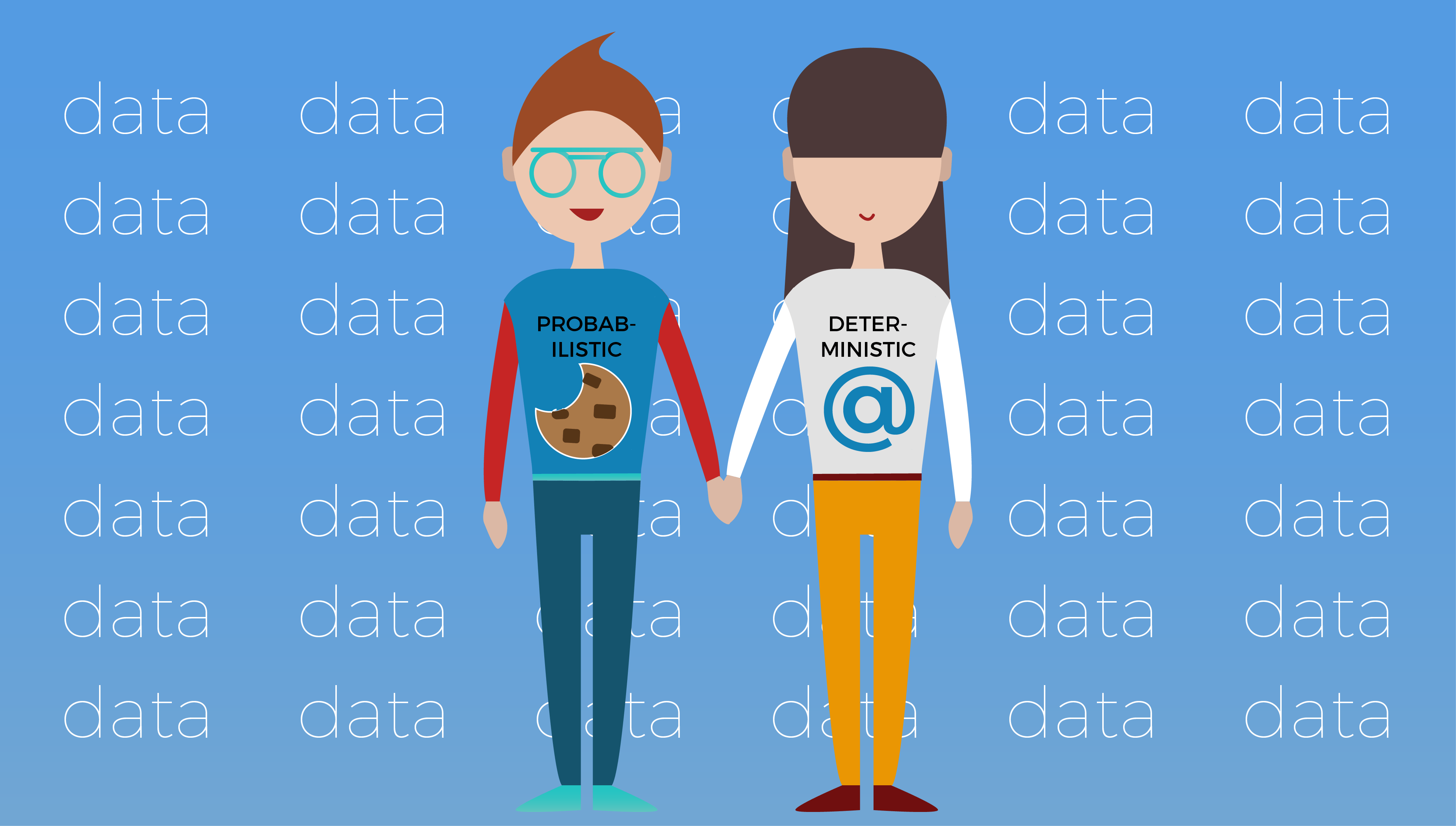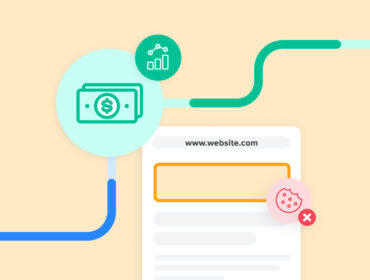Four Ways to Prepare for the Cookie Apocalypse

In the beginning, a third-party cookie was a humble tracking code with an adorable name. Marketers loved its potential and most web users didn’t really know what it was. It grew up to become the currency of digital advertising – but, today, it’s under attack.
Customers finally found a cookie they don’t like and the industry is moving on.
Why? Here’s a cheat sheet to some of the factors behind the cookiepocalypse:
- Apple’s Safari browser and Mozilla Firefox block third-party cookies, and Google revealed plans to “render third-party cookies obsolete” on its Chrome browser by 2022.
- Third-party cookies reside on a single device or browser, yet users jump around from device to device each day and often use more than one browser.
- Third-party cookies don’t work in mobile apps, but the average person spends 2 hours and 57 minutes per day in apps, according to eMarketer.
- Privacy regulations that address cookie use have emerged like the General Data Protection Regulation (GDPR) and the California Consumer Privacy Act (CCPA).
With third-party cookies on the brink of death, marketers will need to adopt a different approach. Which one? People-based advertising, which targets actual users rather than their devices. In this new phase of digital advertising, first-party data reigns. So what can you do to prepare? Here are four strategies you can use to prepare for the cookie apocalypse.

1. Start with Safari and Firefox.
While we wait for 2022, we can treat Safari and Firefox as test drives for approaching the changes within Chrome.
NewsCorp’s Stephanie Layser encourages publishers to look at the traffic coming from Safari For insight on tracking changes in other cookieless browsers. “Find partners that help you activate on Safari. If you solve your Safari problem, you’ve just solved your Chrome problem.”
The same can be said for advertisers. If you are not already, create test campaigns that target users on Safari using your first-party data. Then, analyze the changes in reach, performance, and CPMs.

2. Collect email addresses.
Find incentives for customers to give you their email addresses. Maybe you have a newsletter with must-read content, or a whitepaper on a trending topic, or a coupon (who can resist a coupon, right?).
Emails are important for marketers because they’re stable, cross-device identifiers, and their relevance has only grown in recent years. Just think about how many times you enter your email address to log into streaming sites or social media.
A great way to leverage email is to create segments and activate them on a people-based platform like LiveIntent. Use Lookalike Audience to suppress your existing customers and find net-new customers with lookalike modeling. Or create Dynamic Audiences from user activity on your site or app for remarketing campaigns. The opportunities are endless!

3. Invest in a first-party data strategy.
Do you want a more comprehensive view of individual customers across platforms and channels? Of course you do or you wouldn’t be a marketer.
To properly prepare for the cookie apocalypse, you want to evaluate how you collect customer data, manage, and activate it in media buying. Software that integrates data – especially first-party data – from multiple systems have a stronger chance of surviving the purge of third party cookies. Examples of these types of platforms include: customer data platforms (CDPs) or customer management platforms (CMPs). These platforms store information like email addresses, CRM data, transactional information, and data collected from your websites; first-party cookies aren’t facing the same threats as their third-party counterparts.
With a unified customer database, you can continually track the information you gain about a customer, including how well the person responds to personalized marketing messages on particular channels over time. Additionally, as Sarah Polli explains in a recent Real Time Banter episode, “any platform you’re gonna use needs to be identity-based,” to ensure all the information you worked so hard to collect will not be depleted.
Meanwhile, with regulations like GDPR and CCPA giving customers more transparency into how you’re using their customer data, having an accessible database, and with consented data, will make your life easier.

4. Build a next-generation identity graph.
Your customers also interact with your brand on social channels and other media you don’t own. To engage with them there, you’ll need an even sharper customer view, which is why you’ll need to augment your data strategy with an identity graph.
Unlike existing graphs, this new identity solution would not be anchored by third-party data and cookie syncs. Rather, it would be built largely with first-party data that fosters a 1:1 relationship with you and your customers wherever they are. If cookies are helpful to you, you could still incorporate them.
With LiveIntent, you can create a next generation identity graph where your offline data and third-party cookies are authenticated by an engagement like an email open. Through our Identity Solutions, you can organically tie IP addresses, cookies, mobile ad IDs, and other online identifiers to an email hash.
You can use this information to connect the dots about who is interacting with your brand and to activate audiences. For example, you can create a package called a deal ID containing a user’s hashed email address and a cookie. Demand-side platforms can use the deal ID to target audiences across devices and browsers.
So, marketers who collect and successfully manage first-party data are in great shape. Your own data is more reliable and durable than cookies anyway. It’s a perfect time to embrace a healthier approach to identity.
We hope you found these four strategies helpful as you prepare for the cookie apocalypse. Feel free to contact us to learn how our identity solutions can help you prepare for the future.


